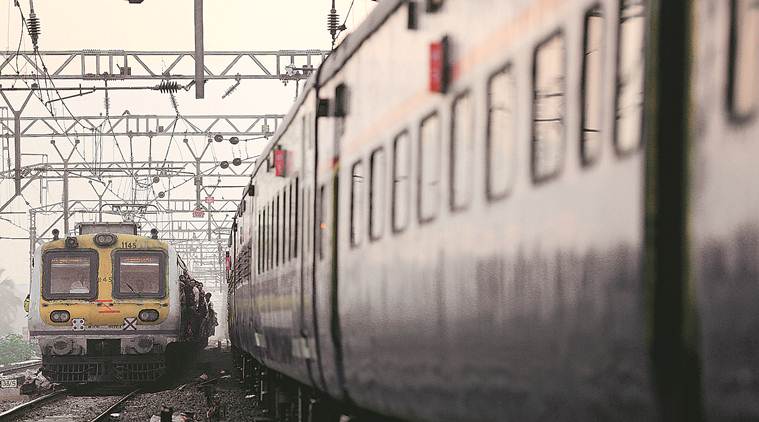Facing criticism over the delays, the Indian Railways seems to have found a way out — by changing the run-time of trains in its timetable to incorporate the delay, officially.
Written by Avishek G Dastidar | New Delhi | Updated: June 28, 2018

Punctuality dipped to 60 per cent in last few months. Railway Minister Piyush Goyal has been regularly reviewing the performance of each zone.
THIS SUMMER, the Indian Railways has seen one of its worst performances in years with regard to punctuality of trains. On Wednesday, for instance, the national transporter reported 70 per cent on-time performance. In the past few months, this figure has even dipped to 60 per cent, which means that 40 per cent of the trains were delayed.
Facing criticism over the delays, the Indian Railways seems to have found a way out — by changing the run-time of trains in its timetable to incorporate the delay, officially.
The Chennai-based Southern Railway has extended the run-time of as many as 90 trains, changing it by 30 minutes to an hour. Similarly, the Delhi-based Northern Railway proposes to officially delay the arrival times of about 95 trains from various parts of the country, again by half-an-hour to an hour.
While Southern Railway has already implemented the move and sought post-facto approval from the Ministry of Railways, Northern Railway has sought the Railway Board’s permission before implementing the change.
In both the cases, the “superfast” trains which are affected will retain their tag, although the extended time affects their average speed on paper. In the case of Southern Railway, the changes have reduced the average speed, on paper, by around a couple of kilometers per hour, as per documents reviewed by The Indian Express.
“We have done this because many trains were getting delayed due to ongoing engineering work on tracks. By extending the official run-time in the timetable, people will not be inconvenienced. If the timetable shows a train is to reach at 8 (am/ pm), and it regularly reaches at 9 (am/ pm), there’s no point. So it’s better to show the official arrival time like that,” said R K Kulshreshta, General Manager, Southern Railway. “For us, safety is priority number 1 and punctuality is number 2.”
The ministry has sought an explanation from the zones, and asked them to draw up a detailed plan to explain how they aim to implement it. The concern is that such largescale extension of run-times should not adversely affect the line capacity of the already choked network, and “paths” meant for other trains.
A senior Northern Railway official told The Indian Express that the move is meant to rationalise the run-time of trains which were traditionally kept on “very tight schedule”, affecting train maintenance. “This has to be viewed in the context of the larger picture, wherein we are delaying some trains and speeding up many other trains with the view to ultimately increase capacity of the network,” he said.
Over the last few months, many popular trains, mostly in the North to East sector, have been reporting around 30-hour delays. Largescale track maintenance and repair work has been cited as one of the reasons.
Railway Minister Piyush Goyal has been regularly reviewing the performance of each zone, and has been putting pressure on zonal general managers to maintain punctuality without compromising safety-related work. He has also directed zones to speed up maintenance work.




.jpg)
.jpg)



0 comments:
Post a Comment